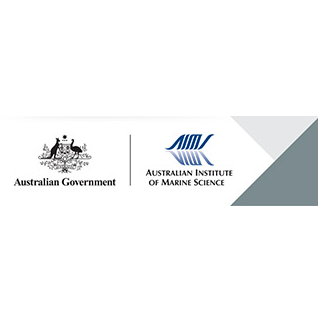Brief description
We used passive acoustic telemetry to examine the effects of a jetty and artificial light on the rates of predation of flatback turtle (Natator depressus) hatchlings as they disperse through nearshore waters. A total of 61 hatchlings were released, 30 of which were released when artificial lights were present on the jetty. Predation rates were high, irrespective of the presence or absence of artificial light. Around 72% of the tagged hatchlings were predated before they could transit the nearshore. Evidence for predation was provided by tag detachment, likely due to prey handling by a predator or the extensive movement of the tags within the receiver array suggesting that the tag (and hatchling) was inside the stomach of a predator. This allowed us to track the movement of the hatchling predators. We found that 70% of the fish predators that consumed tags used the jetty as a refuge during the day and moved along nearshore waters at night. Our study shows how industrial development and the creation of nearshore structures such as jetties may have unintended consequences and pose a significant threat to populations of vulnerable species.Lineage
Maintenance and Update Frequency: notPlannedNotes
CreditPendoley Environmental, Australia
University of Western Australia (UWA), Australia
Department of Biodiversity, Conservation and Attractions (DBCA), Australia
Modified: 23 06 2025
text: westlimit=114.87390518188478; southlimit=-21.530854985492223; eastlimit=115.09946823120119; northlimit=-21.37747868968408
- global : 6a2eb0bb-feb8-4729-bfa0-610ec4222553


